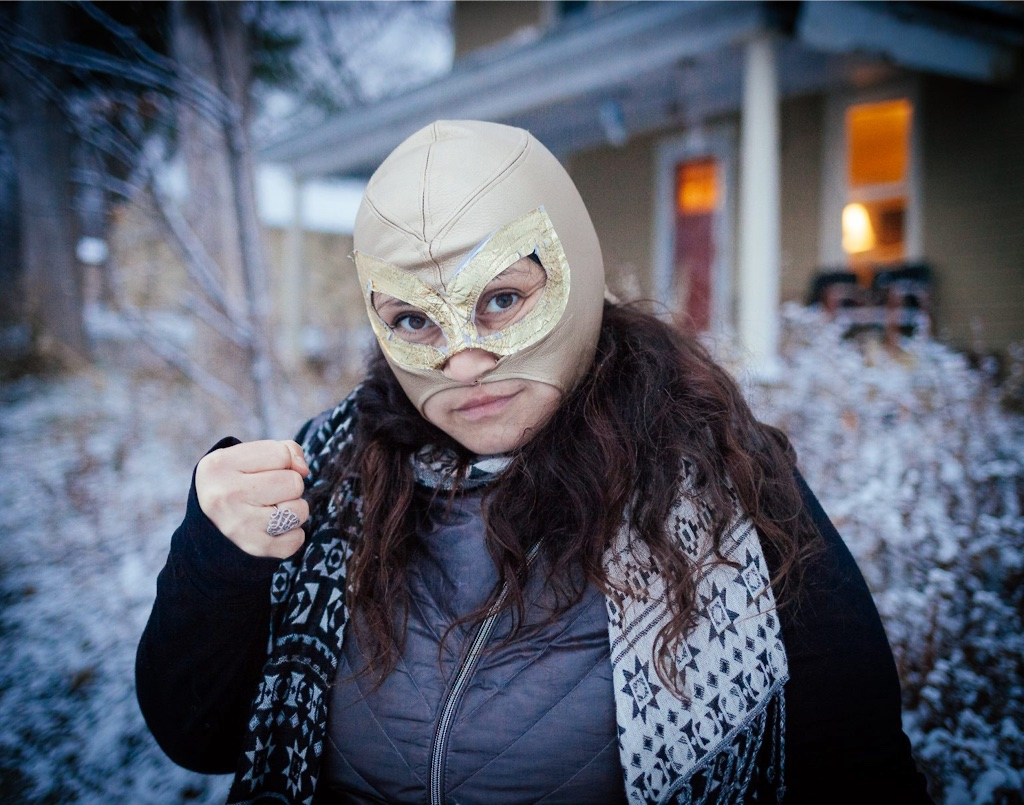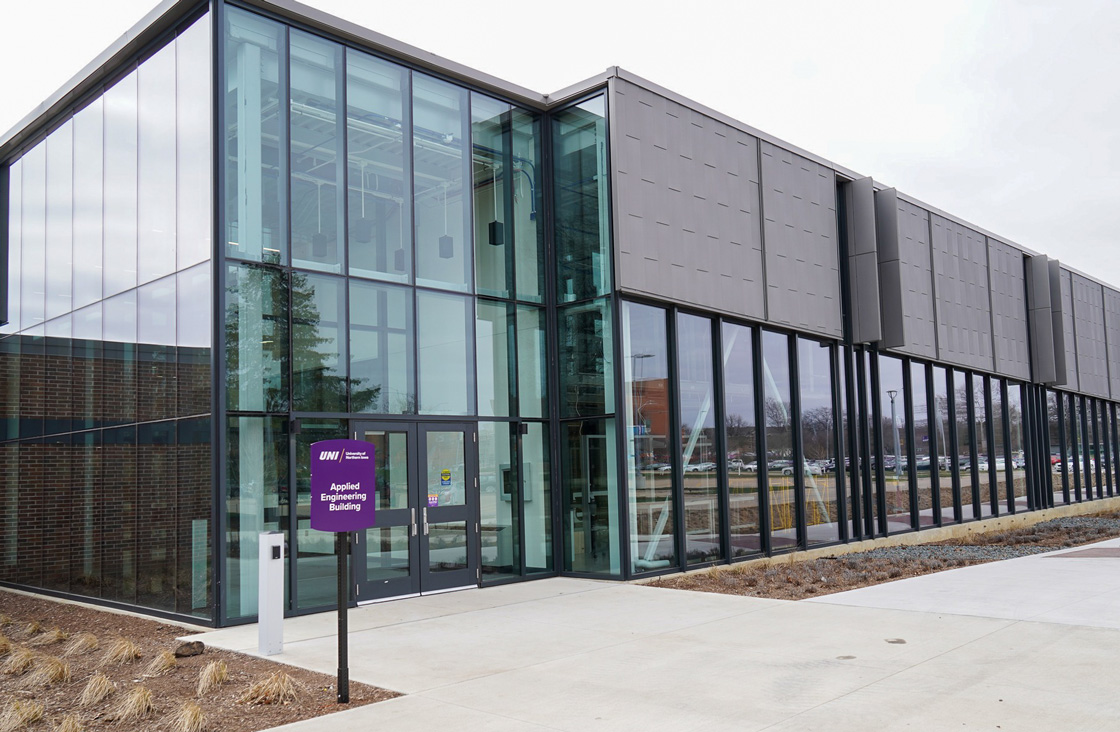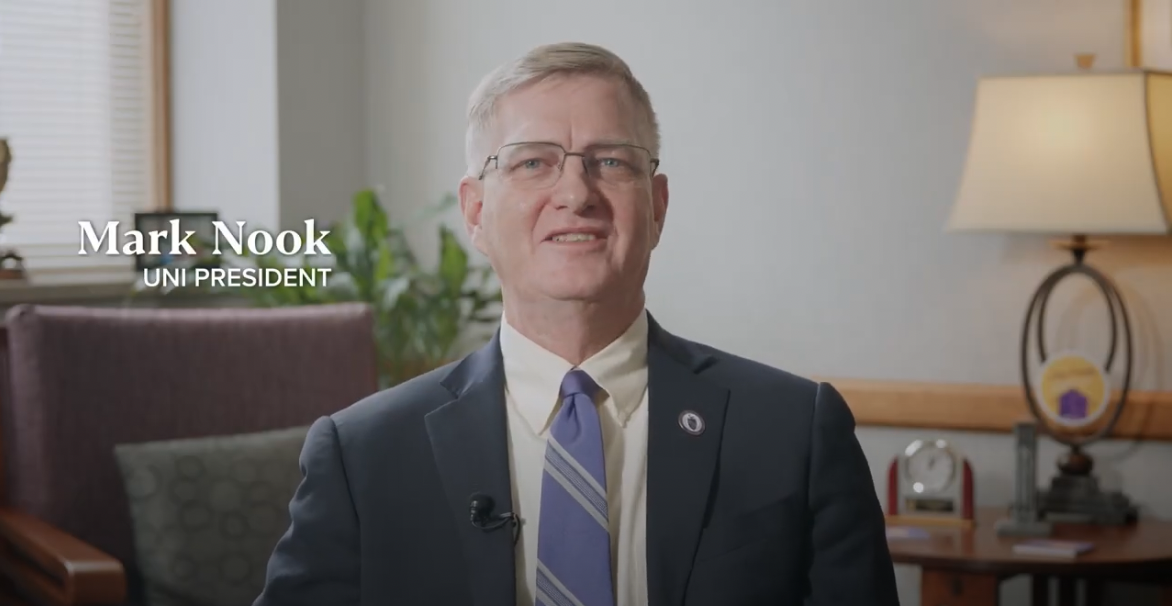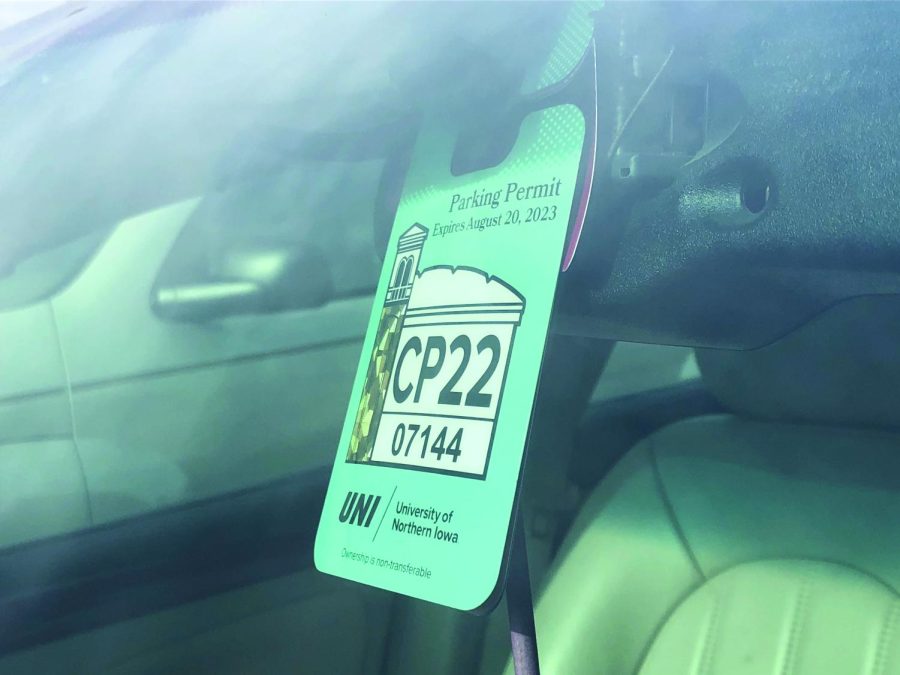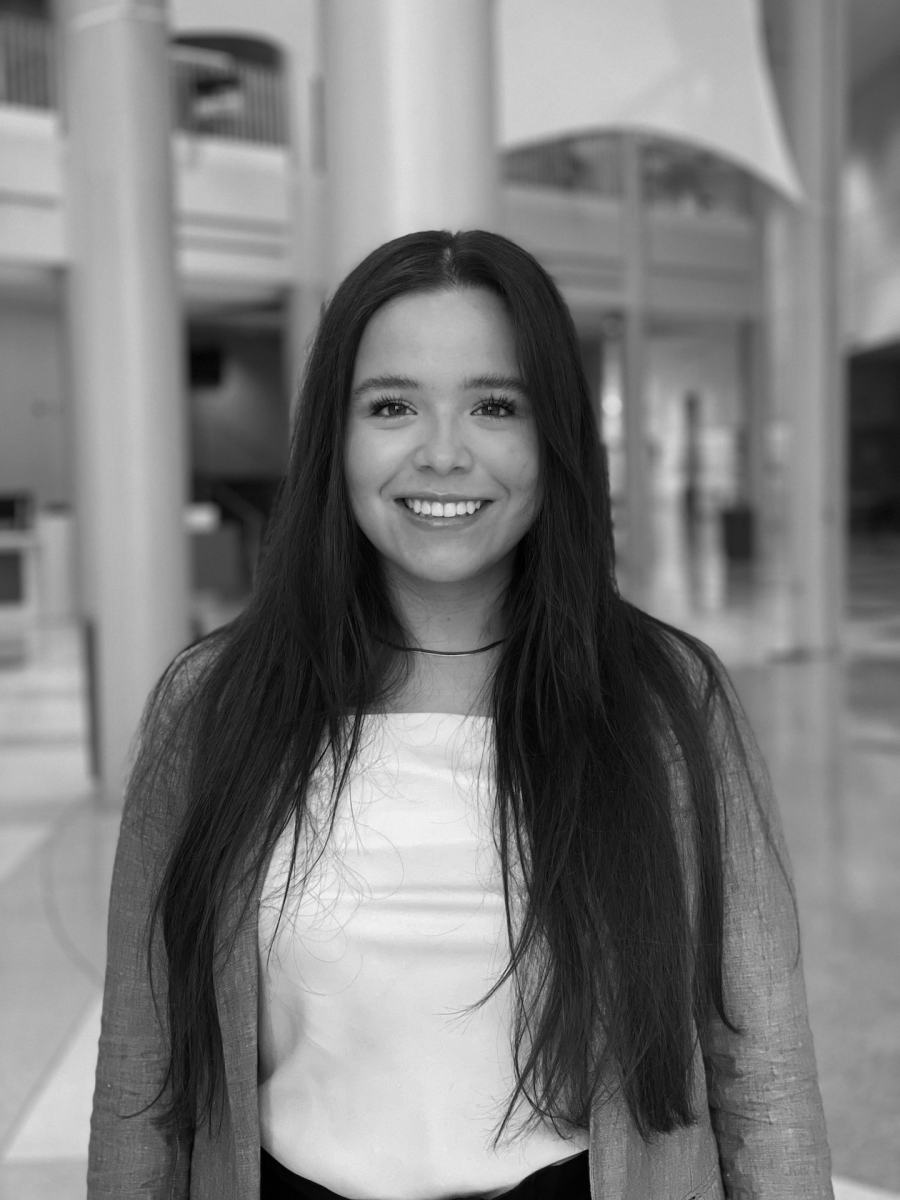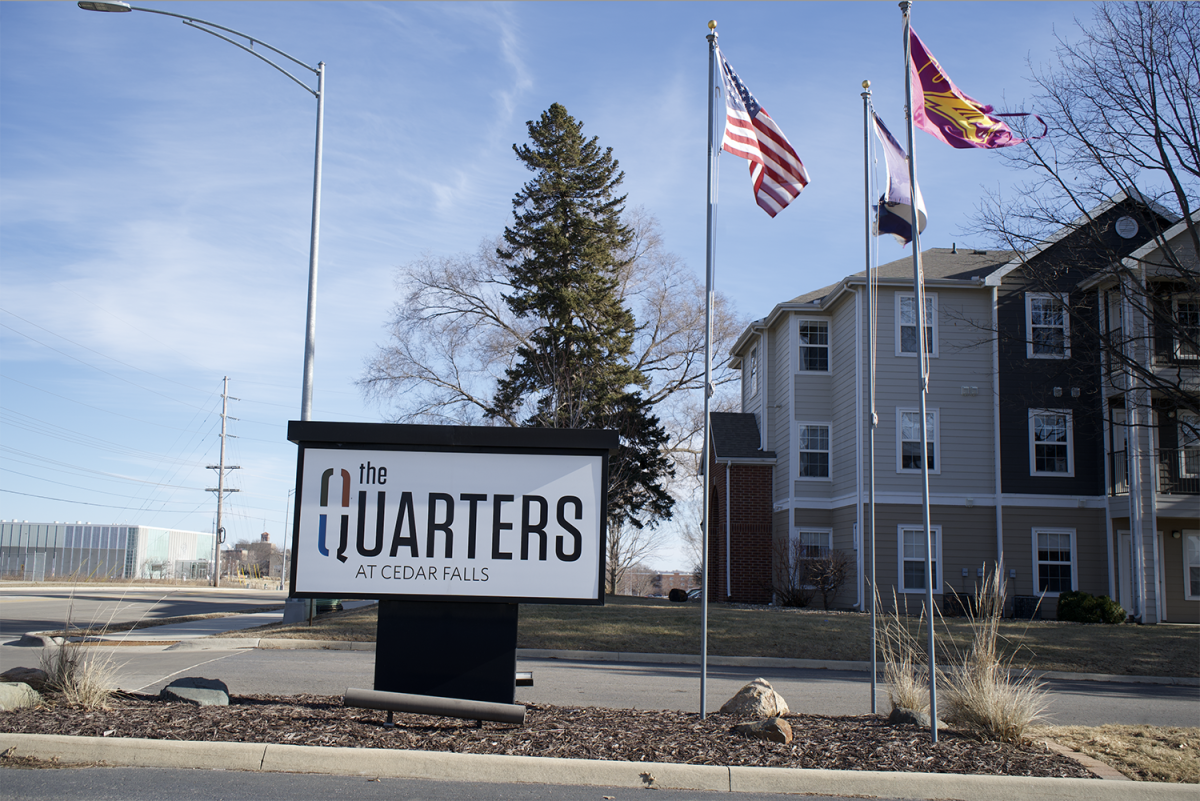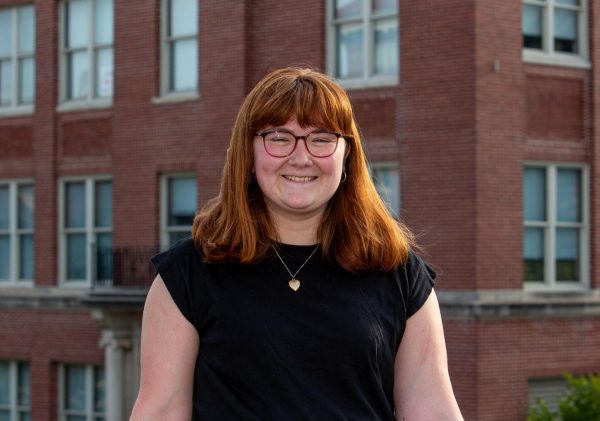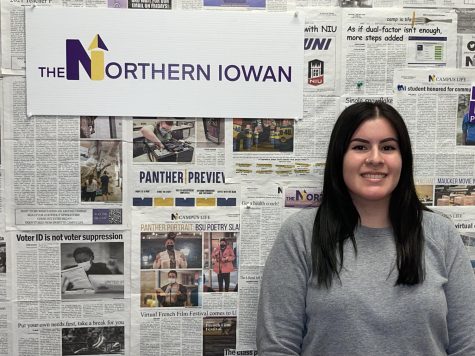When Miriam Alarcón Avila came to the U.S. in 2002, she brought with her more than her memories of her life and family in Mexico.
She brought a bag full of around 250 rolls of film, over 10 years worth of photos that had never been developed.
When she took her first photography class in 2004, the open door to her university’s photography lab doubled as a gateway into digital photography and a chance to fulfill a dream that had been in her heart since childhood.
As a little girl, Miriam knew she wanted to be an artist because she found solace in how the reflective lights would bounce around one another. “I would just let my brain get loose in the light, in the shadows, and the movements,” she said. However, she was unable to obtain a camera due to the cost of one.
In 1985, an earthquake devastated Miriam’s home, Mexico City. It claimed the lives of over 5,000 people and destroyed much of the city’s buildings and the surrounding area.
Once it became calm again, Miriam decided to walk amongst the ruins. The only thing she focused on were the lights that were reflected upon the damaged buildings.
“There was one moment when I saw one standing building that had a lot of crystal glass and the building in front was completely destroyed. The destroyed building was reflected on the building that was standing up. At that moment, when I saw that, I thought ‘I really want to take a photograph’. It was a moment that represented that it didn’t matter what got destroyed, we are still standing,” she said.
As a natural optimist, Miriam took a chance to develop her photography skills and fled home at 15 with the promise of obtaining her first camera. “I wasn’t scared, I was just like ‘I want a camera!’ I wanted to be able to have this dream come true.” When she finally obtained her first camera, she took many photographs, but never developed the film because it was too expensive and time consuming. That was the beginning of her collection of film rolls.
Unfortunately, there wasn’t a school for photography in Mexico. Instead, Miriam decided to major in biology to understand nature and how it creates reflections of light that she enjoyed getting lost in. “Sometimes I feel like I betrayed myself [in choosing Biology as a major] but sometimes I feel like, my brain was thinking ‘I have a dream to work for National Geographic. Maybe if I’m a biologist that is the way I can work for them.’” Although circumstances impeded her dream, she was relentless in going after them.
In 2002, she ended up in Iowa following her husband at the time who was pursuing his Ph. D., which was where she was finally able to develop the rolls of film she had collected over the years and get a true start to her photography career in the United States.
It wasn’t until a few years later that she would find her true calling, taking photos of other Latinos.
“The thing that was missing in me in creating art was the fact that I was also working with other Latino immigrants, and I also was meeting a lot of people who came to this place in search of a dream or looking for an opportunity to be alive, and they had to go through very hard circumstances to be able to find a place where they can raise their families and give them a great education just like I did with my kids,” she said.
“That was the moment when I realized that I want to create images…that create an understanding and help to deeply create a conscience about why we have to go through all of that to come to a place that doesn’t want us. That was the moment when I started wanting to tell the stories of other Latinos.”
And she did just that. She began creating stories of Latinos through photographs, the images helping to depict the different journeys throughout their lives.
Her Luchadores images, which will be on display at the University of Northern Iowa Gallery of Art Sept. 15 through Oct. 13 in the Kamerick Art Building, present immigrants wearing the masks of luchadores — traditional Mexican wrestlers who often appear like superheroes in comics or television.
However, the word “lucha” has a particular significance to Miriam and her subjects. While one translation of the word can mean a fighting match, it also tells a story of resilience.
“It’s overcoming the struggle. It’s putting all that energy, soul and love for a goal who give you all that energy and power to fight and to stand up for something that you really want,” she said. “You are grabbing that something and you transform it so you can keep going.”
For Miriam, that transformation of struggle is key in both her creative process and her life.
“It can just fan away and the film can disappear, or finally just develop and become visible. We come from the invisible to the visible, and in the very long period of time in between we are neither here or there,” she said.
When asked what motivates her, she said: “The beautiful ability that we have the technology to suspend a moment of time and space, combine it with the light, that allows you to preserve a memory.”
“When I make the photographs of these luchadores, I’m honoring them in their moment of time and creating something for others to remember them and honor them.”
“Behind the photographs… I do have the hope to inspire others to create a moment in their lives.
Miriam will present a bilingual public lecture in Spanish and English at the University of Northern Iowa Sept. 19 at 7 p.m. in Kamerick room 111. She will also have another public lecture on Sept. 20 at 9 a.m. in the Schindler Education Center room 116.


